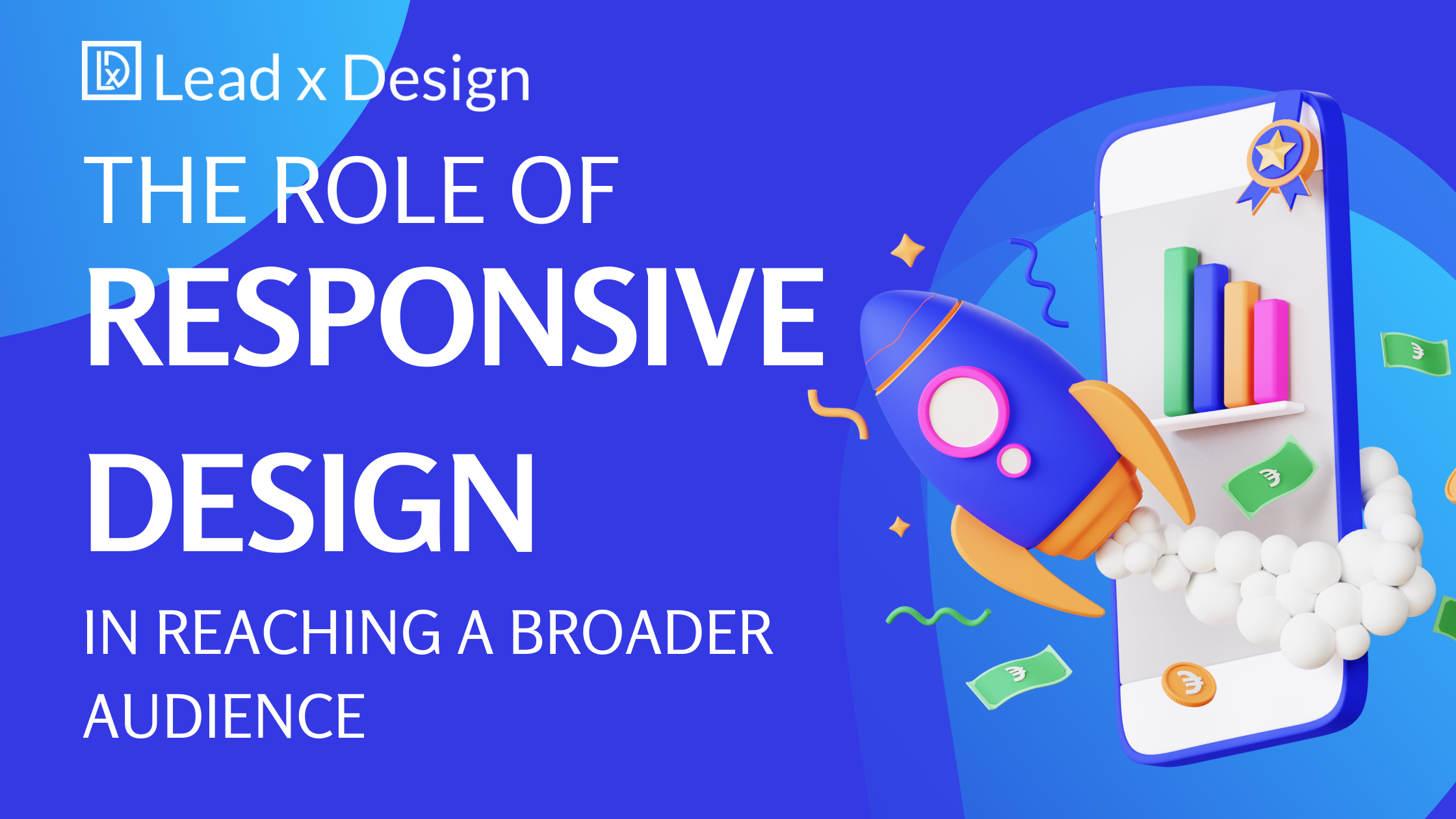The Role of Responsive Design in Reaching a Broader Audience
In the digital age, a website’s ability to adapt and cater to a diverse audience is a critical factor in its success. Responsive design is not merely a trend; it’s a fundamental necessity in the world of web development. As the digital landscape continues to evolve, the role of responsive design in reaching a broader audience has become more significant than ever before.
What is Responsive Design?
Responsive design is a web design approach that aims to make web pages render well on a variety of devices and screen sizes. Whether your audience is accessing your website on a desktop computer, tablet, smartphone, or any other device, responsive design ensures that your content adapts seamlessly, creating a consistent and engaging user experience.
Here are some compelling reasons why responsive design is crucial for reaching a broader audience:
- Mobile-First World: The ubiquity of smartphones has transformed the way people access information. Mobile devices are often the first choice for browsing the internet. If your website isn’t optimized for mobile users, you risk alienating a significant portion of your potential audience.
- Improved User Experience: A responsive website provides an enhanced user experience by automatically adjusting to a user’s device. This eliminates the need for horizontal scrolling or zooming in and out, making it easier for visitors to navigate and engage with your content.
- Wider Accessibility: Responsive design can help ensure that your website is accessible to all users, including those with disabilities. Features such as scalable fonts and accessible navigation menus make your content more inclusive, helping you reach an even broader audience.
- Better SEO: Search engines like Google prioritize mobile-friendly websites. A responsive design can improve your website’s search engine ranking, making it more visible to a broader audience.
- Cost-Effective: Maintaining a separate mobile version of your website can be costly and time-consuming. Responsive design streamlines your web development efforts, making it more cost-effective in the long run.
- Increased Conversions: A responsive website can lead to higher conversion rates. When users have a positive experience on your site, they are more likely to engage with your content and take the desired actions, whether it’s making a purchase, signing up for a newsletter, or sharing your content.
- Multi-Device Compatibility: With responsive design, your website is compatible with a wide range of devices, from smartphones and tablets to desktop computers and even emerging technologies. This ensures that you can reach your audience wherever they are and on whatever device they prefer.
- Future-Proofing: Technology is constantly evolving. A responsive design approach future-proofs your website, ensuring that it can adapt to new devices and screen sizes as they emerge, without requiring a complete redesign.
In conclusion, responsive design is not just a buzzword but a fundamental aspect of web development that plays a pivotal role in reaching a broader audience. It’s about delivering an exceptional user experience, ensuring accessibility, and staying relevant in an ever-changing digital landscape. Embracing responsive design isn’t just a choice; it’s a necessity for any business or organization looking to connect with a diverse and tech-savvy audience. By making your website responsive, you’re not only accommodating the present but also preparing for the digital future.
